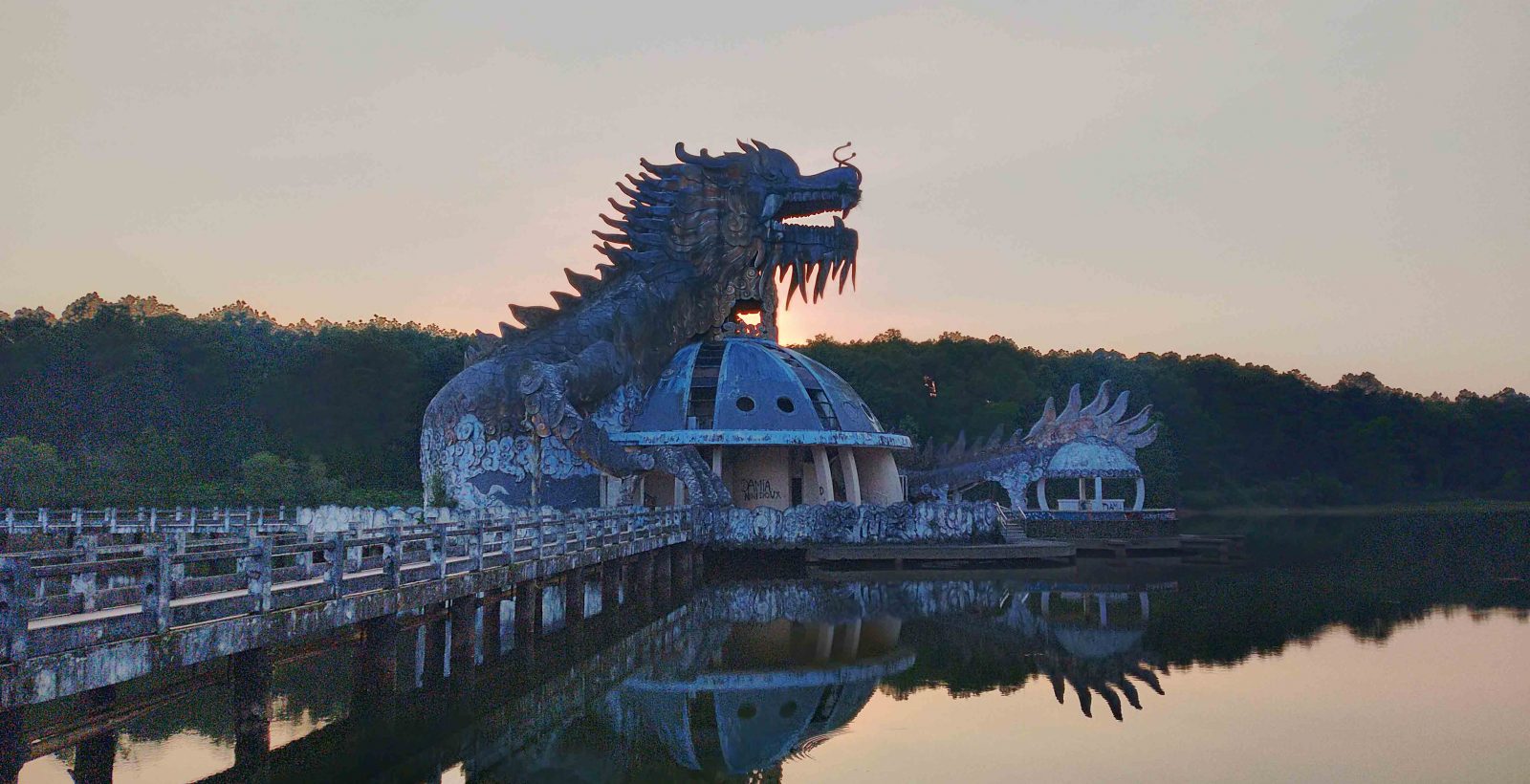Things to do in Hue, Vietnam
Hue was the capital city of Vietnam during the reign of the Nguyen dynasty and is home to a rich and imperial heritage. Hue is easily an underrated spot for a holiday in central Vietnam. Located on the banks of the Song Huong River, popularly known as the Perfume River, Hue is a travellers’ delight as it strikes a perfect balance between showcasing its glorious past (through pagodas and tombs scattered across the city) to modern-day resto-bars, riverfront alleys, and food joints that serve the most sumptuous local cuisine in all of Vietnam. It is also considered a backpackers’ haven owing to its budget-friendly offerings (under USD 20 a day for food and accommodation) and its geographical proximity to the North-South corridor.
How to get to Hue?
Hue is strategically located right in central Vietnam and is well connected by air, rail, and road. Here are some ways to get there:
🚀 By Flight
The Phu Bai International airport connects Hue with the capital city of Hanoi and the country’s largest city Saigon with daily services by the flagship carrier of the country Vietnam Airlines and the LCC Vietjet. Fares range from USD 20 during a promotion and can go up to USD 100 for a last-minute seat. The duration of the journey from either city is 75 minutes.
🚀 By Rail
The Hue railway station is a prominent stop on the North-South route and has multiple train services that connect Hue to other parts of the country. The Reunification Express has 4 services daily that connect Hue to Hanoi and Ho Chi Minh City and costs USD 45 and USD 25 for the 1st and 2nd class respectively. Luxury train services such as the Livitrans Express, Laman Express and Viollete express also ply on this route with tickets ranging from USD 70 to USD 150 for 1st class and VIP class respectively.
🚀 By Road
Most travelers visit Hue by road while on a day trip from Da Nang or Hoi An or while riding through the country’s Northern-Southern corridor. Getting to Hue by road ensures you soak into Vietnam’s rich landscape and mountainous terrains by traversing through the Hai Van pass. Limo vans from Da Nang or Hoi An would cost you USD 7-10 depending on the operator.
Where to stay in Hue?
Hue’s backpacker district is located between the Le Loi and Le Qui Don streets which are central to the city, and the Hue Imperial City is only a 15-minute walk away. You will find dime a dozen inexpensive places to stay and a lot of properties offer tour packages including hotel pick-up and drop-off.
How to explore Hue?
Renting a bike is a perfect way to explore Hue and the surrounding countryside. Most hostels and hotels offer bikes for rent for as low as USD 6 a day. There are umpteen motorbike rental shops dotted across the streets that also offer bikes for one-way rentals to Da Nang especially for those who wish to ride through the mountainous pass of Hai Van. Your luggage can be deposited at these rental shops that make arrangements to transfer it to your destination where you can collect it after returning the bike.
What to do in Hue?
There are umpteen sightseeing opportunities in Hue if you are keen to explore the city’s historic treasures. Otherwise, Hue also serves as a fantastic place to escape the crowd and mob of other busy Vietnamese cities, so you can unwind and find peace in the simplicity of the charming town.
For sightseeing, here are a few places not to miss when visiting Hue:
Abandoned Water Park Hue, Vietnam
The Ho Thuy Tien abandoned waterpark in Hue closed in 2006, after which it continued to remain disowned as the reason behind its closure is mysterious to date. More commonly visited by backpackers, given its offbeat location, the park and its elements including the mighty three-story dragon structure are completely coated in grafitti and moss. A climb to the top of the dragon’s mouth through the rusted stairwell leads one to views of the lake and the surrounding foliage. A security guard now watches over the front gate and prevents anyone from entering. So, how you get in, depends entirely up to you!
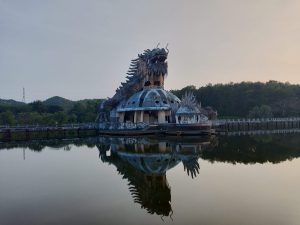
The Imperial City
Hue’s most iconic and prominent tourist attraction is the Imperial City, also known as the Citadel. It is a UNESCO World Heritage site and resembles a picturesque ruin with an impressive moat encompassing the seat of power of the erstwhile Nguyen Dynasty. The present-day Hue City is built around this glorious structure that suffered major damages during the Vietnam War owing to its proximity to the North-South Vietnam border. The Citadel hosts the Imperial residence and the Forbidden Purple City and is also home to the tallest flag pole in all of Vietnam. The complex is open to the public between 9 AM to 5 PM and the ticket cost is USD 6-8.
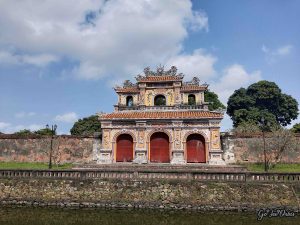

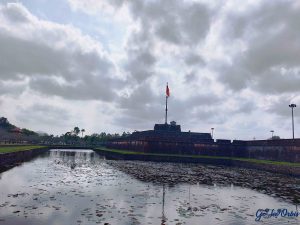
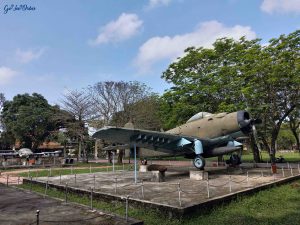
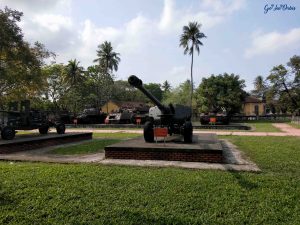
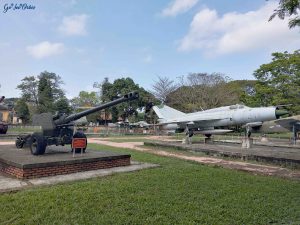
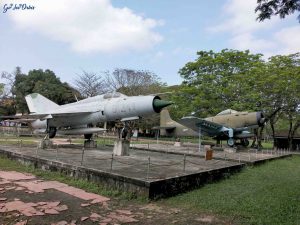
Mausoleum of Emperor Tu Duc
Serving as an ode to Emperor Tu Duc’s regime, this iconic Royal tomb boasts of the most sprawling landscapes that house a palace, a temple, state pavilions, and a lake with a tiny island. History lovers are in for a treat on their visit to this tomb that is a 15-minute (4 miles) drive from the Imperial City. Considered as the longest reigning Nguyen emperor, Tu Duc spent close to 3 decades of his life at this site. This complex is divided into three primary sections – the Royal pavilions of Stele and Xung Khiem, the Hoa Khiem and Loung Khiem Temple, and the Minh Khiem Chambers. The Tinh Khiem Island in the middle of Luu Khiem Lake was the Emperor’s favourite hunting ground wherein he would indulge in hunting deer and rabbits. The complex is open to the public between 8 AM to 6 PM and the ticket cost is USD 5-7.
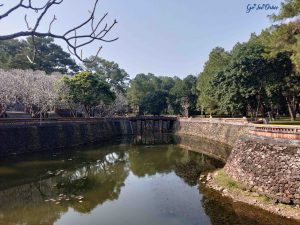

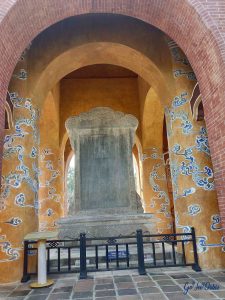
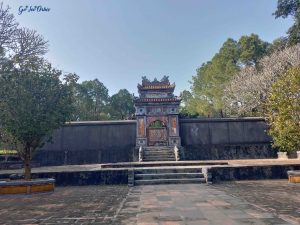

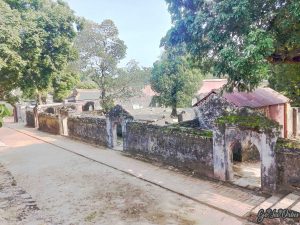
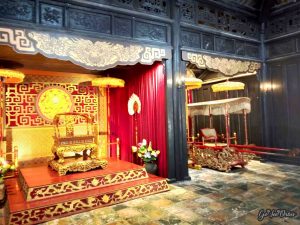
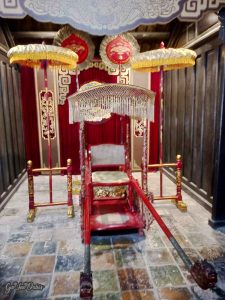
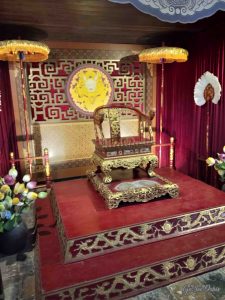
Trang Tien Bridge
One of the architectural landmarks of Hue City built across the Perfume River is the Trang Tien Bridge. This bridge makes for a great spot to visit at dusk to the lights glow in the most beautiful colors adding flair to its grandeur. Built by the French engineer Gustave Eiffel known worldwide for his work in the Eiffel Tower, this bridge connects the Imperial city with the rest of Hue. A great place to take an evening stroll and get those insta-worthy shots!

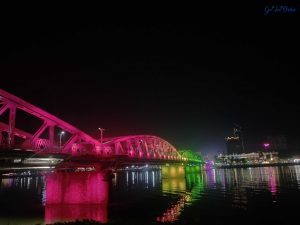
3rd February Park
Located on the banks of the Perfume River, this leafy park is a hotspot among those who desire to take a stroll alongside the riverfront. Locals visit here often to jog or exercise on the track that encompasses the river and extends until the Hue Railway station. Lush green lawns and various sculptures that depict the gloom of war are dotted alongside the walking trail. This park is exceptionally famous amongst tourists who flock to pose with the newly installed and colorfully illuminated “I love Hue” signboard. Entry to the park is free.
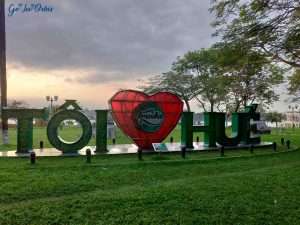
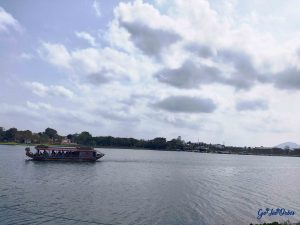
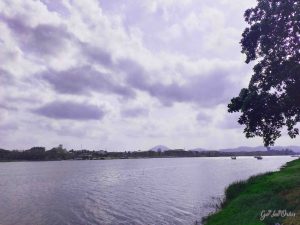
Keen to discover the other gems of North Vietnam? Check out our travel ventures to Halong Bay, Ninh Binh, and Sapa!

